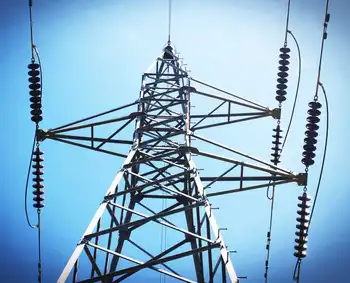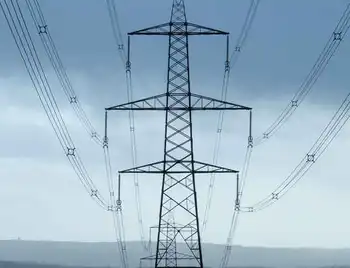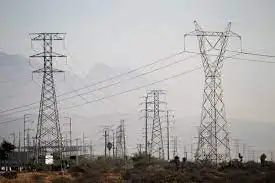San Antonio utility reaches nuke plant settlement
SAN ANTONIO, TEXAS - A consortium working to double the generating capacity of the South Texas nuclear power plant has agreed to buy up much of the San Antonio city-owned utility's stake in the project, both sides announced recently.
According to statements issued by CPS Energy of San Antonio and a consortium of NRG Energy and Toshiba, the consortium will assume all but less than 8 percent of the 40 percent CPS stake in the plant's proposed third and fourth nuclear generation units.
The consortium, Nuclear Innovation North America, also will pay $80 million to CPS, donate $10 million to San Antonio's Residential Energy Assistance Partnership and assume management control of the project.
In return, CPS has stopped paying into the project as of January 31. The San Antonio Express-News reports CPS had spent $370 million on the project, situated 65 miles southwest of Houston near Bay City.
The settlement will be considered by the CPS board. If approved, it would mean the end of a $32 billion claim CPS made against NINA.
"The agreement extracts the maximum value for our community at this stage of the project's development. It accounts for our investment to date and the value of the site with land and water rights," said Jelynne LeBlanc Burley, CPS acting general manager.
CPS had wanted to reduce its payments toward the $13 billion project. A CPS statement says it will still get 200 megawatts more of electricity from the finished project, or about a third of its future needs by 2020.
Under the agreement, CPS would continue to support NINA's application for federal nuclear loan guarantees.
Steve Winn, NINA chief executive, said in a statement that the agreement allows the consortium "to continue developing one of the leading nuclear power projects in the country."
However, environmental and consumer activists hope the withdrawal of CPS as a full partner in the project signals an end to the project.
Tom "Smitty" Smith, Texas director of the Public Citizen activist group, said in a statement that the CPS withdrawal "demonstrates nuclear plants are too costly and risky to build."
Related News

TTC Introduces Battery Electric Buses
TORONTO - The Toronto Transit Commission (TTC) has embarked on an exciting new chapter in its commitment to sustainability with the introduction of battery-electric buses to its fleet. This strategic move not only highlights the TTC's dedication to reducing its environmental impact but also positions Toronto as a leader in the evolution of public transportation. As cities worldwide strive for greener solutions, the TTC’s initiative stands as a significant milestone toward a more sustainable urban future.
Embracing Green Technology
The decision to integrate battery-electric buses into Toronto's transit system aligns with a growing trend among urban centers to adopt cleaner,…




